Chemistry on carbo pilot
An automated synthetic method designed by chemists in Germany has assembled the longest synthetic oligosaccharide ever made from monosaccharides. The method could help to up the pace of carbohydrate research by improving researchers’ access to synthetic glycans.
Sugars have various physiological roles and therefore huge potential as part of drugs and vaccines for treating or preventing various diseases. Scientists have been using automated methods, like bacterial expression and the polymerase chain reaction, to churn out peptide and nucleic acid chains, respectively, for decades. Accessing carbohydrates for clinical research, however, is that bit tricker. ‘With peptides you only have to make the linkages. With carbohydrates the challenge is you have to control the stereochemistry of every linkage,’ explains Peter Seeberger, from the Max Planck Institute of Colloids and Interfaces.
Now Seeberger’s team has used an automated solid-phase assembly method to make a polysaccharide that is 50 mannose units long, 20 units longer than their previous effort. Their 102-step method cycles through coupling, capping and deprotection processes with average step-wise yields as high as 97.6% and an overall yield of 5%. ‘The significance isn’t so much about the length of this molecule but that it pushes the limits of what is doable today insofar as synthetic efficiency is concerned,’ says Seeberger.
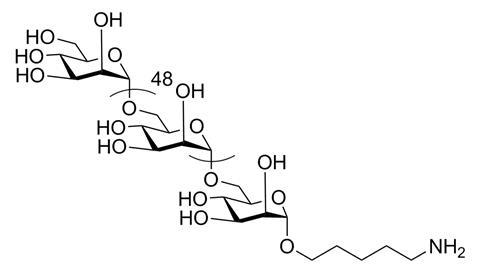
Central to their success is a mannose building block, a thioglycoside donor, that is stable under a variety of conditions, and capping steps in the final five cycles to prevent impurities that are difficult to remove from the final product.
‘This is a tour de force achievement in the chemical synthesis of glycans. On the other hand, it is also the beginning of a long road ahead as the vast majority of naturally occurring glycans are still not amenable to automated synthesis,’ comments Ajit Varki, a glycobiology expert at University of California, San Diego, in the US. ‘As with the synthesis of polypeptides and nucleic acids, there is much to gain by pursuing this technology.’
References
This article is open access
K Naresh et al, Chem. Commun., 2017, 53, 9085 (DOI: 10.1039/c7cc04380e)

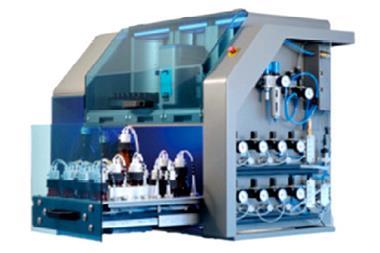
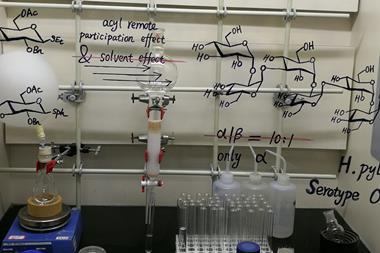
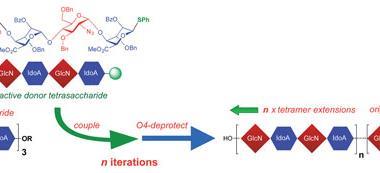
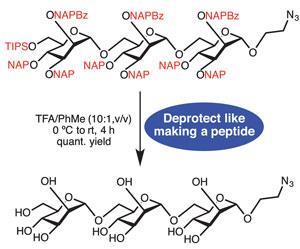
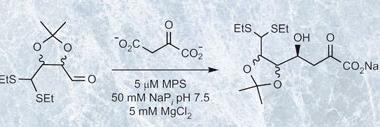






No comments yet